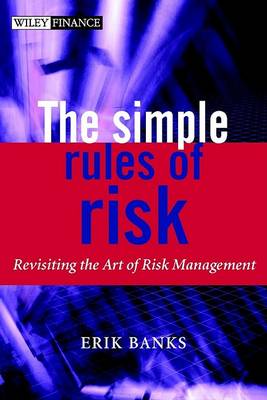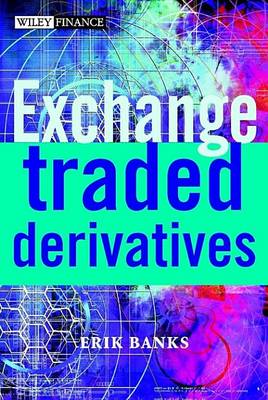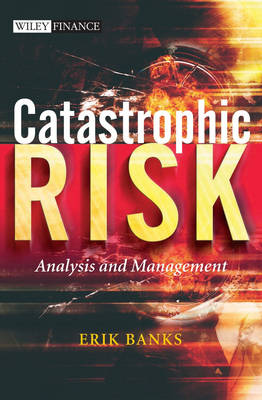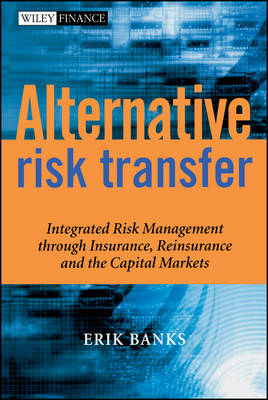The Wiley Finance
4 primary works • 5 total works
Book 335
Each product chapter will contain product descriptions, structural features (e.g., trading conventions, settlement), arbitrage/investment drivers, and various worked examples and diagrams that emphasize practical investment and risk applications; financial mathematics will be kept to a minimum. A concluding chapter will review the essential risk, legal, regulatory, and accounting features of synthetic and structured assets in the world's major markets.
Book 486
Book 496
"Exchange-Traded Derivatives" is a valuable reference for fund managers, corporate treasurers, corporate risk managers, CFOs and those seeking a detailed guide to the world's derivative exchanges and products.
Book 499
The first comprehensive volume to address this topic from a financial perspective, this book is a guide to the worst financial risks threatening companies and industries today. Author Eric Banks begins with a consideration of ?catastrophe? and its mplications, looks at the state of actuarial and financial modelling of catastrophe risks, and discusses the creation of a risk management framework that will enable the efficient and secure management of exposure. Catastrophic Risk is essential reading if you're a corporate treasurer, CFO, or insurance/financial risk manager responsible for corporate risk management. Order your copy today.
This comprehensive book shows readers what ART is, how it can be used to mitigate risk, and how certain instruments/structures associated with ART should be implemented. Through numerous examples and case studies, readers will learn what actually works and what doesn't when using this technique.
Erik Banks (CT) joined XL Capital's weather/energy risk management subsidiary, Element Re, as a Partner and Chief Risk Officer in 2001.




